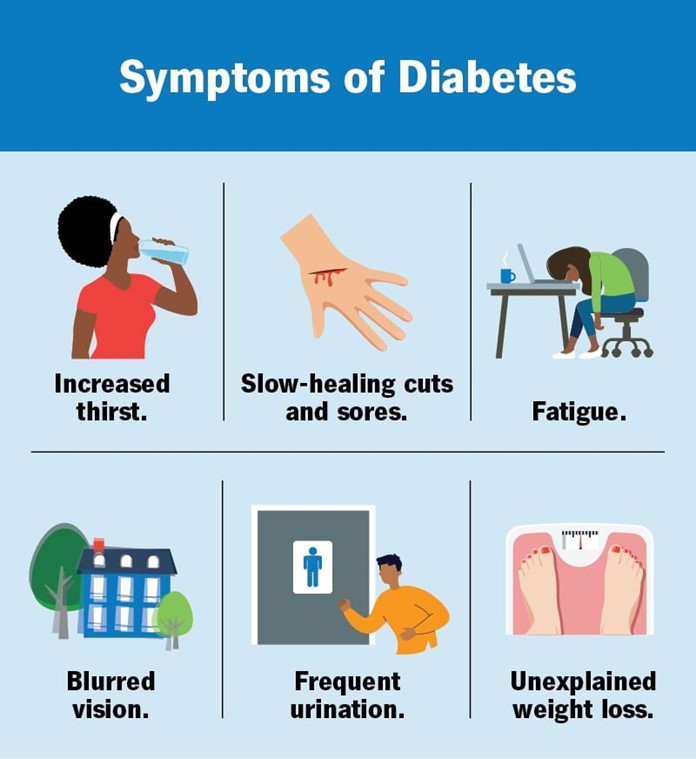A nurse is caring for a child who has otitis media. Which of the following assessment findings should the nurse expect?
Tugging on the affected ear lobe
Erythema and edema of the affected ear
Pain when manipulating the affected ear lobe
Clear drainage from the affected ear
The Correct Answer is A
The correct answer is: A. Tugging on the affected ear lobe.
Choice A reason:
Tugging on the affected ear lobe is a common sign of discomfort in children with otitis media. This behavior indicates that the child is experiencing pain or pressure in the ear, which is a typical symptom of this condition. Children often cannot verbalize their discomfort, so they may tug or pull at their ears to express their pain.
Choice B reason:
Erythema and edema of the affected ear are more indicative of otitis externa (swimmer's ear) rather than otitis media. Otitis media involves inflammation and infection of the middle ear, which is not typically visible externally. The primary signs of otitis media are observed through otoscopic examination, showing a bulging or erythematous tympanic membrane.
Choice C reason:
Pain when manipulating the affected ear lobe is also more characteristic of otitis externa. In otitis media, the pain is usually deeper within the ear and not exacerbated by touching the outer ear. The pain in otitis media is due to the pressure and inflammation in the middle ear space.
Choice D reason:
Clear drainage from the affected ear is not typical of otitis media. If there is drainage, it is usually purulent (pus-like) and indicates a ruptured eardrum due to the infection. Clear drainage is more commonly associated with conditions like otitis externa or a perforated eardrum without infection.
Nursing Test Bank
Naxlex Comprehensive Predictor Exams
Related Questions
Correct Answer is B
Explanation
Choice A reason: This choice is incorrect because limiting intake of high-protein foods is not a method of preventing iron deficiency anemia. High-protein foods are foods that contain a large amount of protein, such as meat, poultry, fish, eggs, dairy products, beans, nuts, or seeds. Protein is a nutrient that helps to build and repair body tissues and support immune function. It may also provide iron, which is a mineral that helps to produce hemoglobin, the protein that carries oxygen in red blood cells. Therefore, limiting intake of high-protein foods may reduce iron intake and increase the risk of iron deficiency anemia.
Choice B reason: This choice is correct because mom should continue prenatal vitamins if breastfeeding or formula with an iron supplement is a method of preventing iron deficiency anemia. Prenatal vitamins are supplements that contain various vitamins and minerals that are essential for pregnant or lactating women and their babies. They may include iron, which helps to prevent maternal and infant anemia. Formula with an iron supplement is a type of infant formula that contains added iron to meet the nutritional needs of infants who are not breastfed or partially breastfed. Therefore, mom should continue prenatal vitamins if breastfeeding or formula with an iron supplement can help to provide adequate iron intake and prevent iron deficiency anemia.
Choice C reason: This choice is incorrect because administering fat-soluble vitamins daily is not a method of preventing iron deficiency anemia. Fat-soluble vitamins are vitamins that dissolve in fat and can be stored in the body, such as vitamins A, D, E, and K. They have various functions such as maintaining vision, bone health, skin health, and blood clotting. They do not have a direct role in preventing iron deficiency anemia.
Choice D reason: This choice is incorrect because including fluoridated water in the toddler's diet is not a method of preventing iron deficiency anemia. Fluoridated water is water that contains fluoride, which is a substance that helps to prevent tooth decay and cavities. It does not have a direct role in preventing iron deficiency anemia.
Correct Answer is D
Explanation
Choice A: Nausea and vomiting are not common signs of hypoglycemia, which is a low blood glucose level. Nausea and vomiting are more likely to occur with hyperglycemia, which is a high blood glucose level, or with diabetic ketoacidosis, which is a life-threatening complication of diabetes.
Choice B: Sweating is not a common sign of hyperglycemia, but rather a sign of hypoglycemia. Sweating occurs as a result of the activation of the sympathetic nervous system, which tries to raise the blood glucose level by releasing adrenaline and other hormones.
Choice C: The onset of low blood glucose usually occurs quickly, not slowly. Low blood glucose can be caused by taking too much insulin, skipping meals, exercising too much, or drinking alcohol. Low blood glucose can lead to confusion, seizures, coma, or death if not treated promptly.
Choice D: Feeling shaky is a common sign of hypoglycemia, as the body tries to cope with the lack of glucose as an energy source. Feeling shaky can also be accompanied by other signs such as hunger, nervousness, dizziness, or weakness.

Whether you are a student looking to ace your exams or a practicing nurse seeking to enhance your expertise , our nursing education contents will empower you with the confidence and competence to make a difference in the lives of patients and become a respected leader in the healthcare field.
Visit Naxlex, invest in your future and unlock endless possibilities with our unparalleled nursing education contents today
Report Wrong Answer on the Current Question
Do you disagree with the answer? If yes, what is your expected answer? Explain.
Kindly be descriptive with the issue you are facing.
